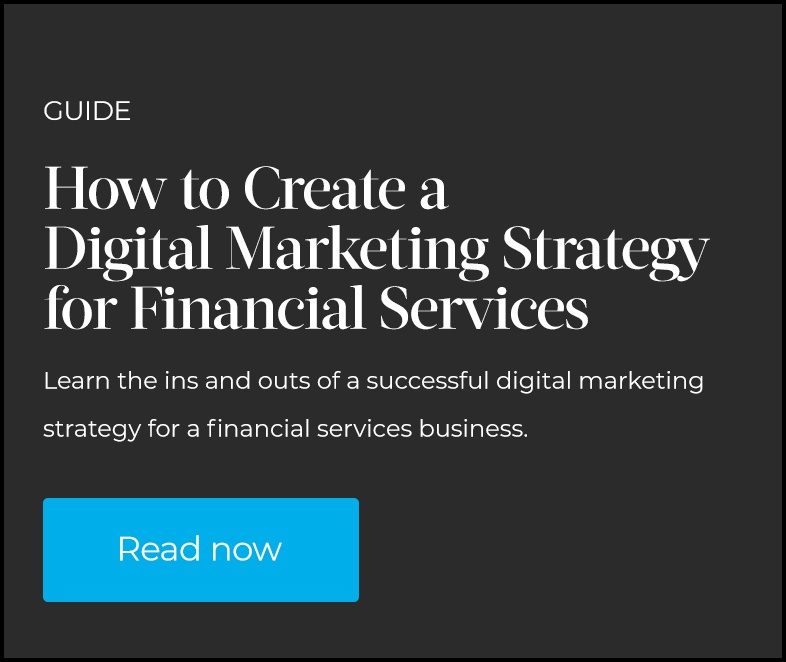“Human beings are poor examiners, subject to superstition, bias, prejudice and a profound tendency to see what they want to see rather than what is really there.”
- M. Scott Peck
Two big stories lit up our socials over the last fortnight. That's lit like a fire, not "lit' like a young person's party while their parents are away for the weekend...
The Johnny Depp / Amber Heard defamation trial and Australia’s Federal election were both big news, and hotly debated at our dinner table as well as in social and traditional news media.
From 15 (my youngest child) to 78 years old (my oldest parent) each person at my table was 100% sure they had formed their own opinion and done so avoiding the evils of media bias.
For the Zoomers, TikTok content determined who to vote for and who to believe in the Depp/Heard saga. For my parents, it was, equally terribly, printed newspapers.
If we're millennials, Gen X and younger boomers were more likely to get our news feed from LinkedIn, Facebook or Insta. And to believe it.
If I loop in the war in Ukraine, I’m worried we think we're better at fact-checking than we are thanks to instant access to news via social media platforms. After all, we see live footage of bombs raining down in Kharkiv, Amber on the witness stand, Albo at the Blue’s Fest etc... Footage from people actually there, not filtered through journalists. Whatever story is attached to that footage must be right.
Right?
Wrong.
As Mark Manson says, a little bit of truth exists in everything but the whole truth is in nothing.
Social media makes us feel like we’re fact-checking WHILE we’re still subject to our unconscious biases, or an author's.
Sometimes we see this.
Sometimes we don't see bias because like a fish born in slightly polluted water, or a human breathing bad air who has always breathed bad air, we don't know better.
My calling out of an Australian Financial Review article (“Why Albo wins, and ScoMo loses, with women voters”) on my LinkedIn sparked a rush of commentary from people who saw what I did. But did the AFR see outdated views? It seems not.
This has never been more true on social media. The algorithms are ninjas at suggesting content that will appeal to us. In the case of TikTok, engage with a narrative and more content that supports it automagically appears in your feed.
The result is bias confirmation.
My kids have widely differing views on whether Johnny was a perp or a victim. The Zoomers were getting their information from TikTok i.e. same platform. But each had their own views and “hey, presto” the content in their feed reflected those views.
The winners when it comes to influencing public opinion know how to seed and flame a preferred narrative. Hat’s off to Johnny’s legal team, Ukraine’s PR war and the Green's meme-driven engagement of younger voters on TikTok.
As a communication expert, or leader, it’s up to you, not chance, to influence how the narrative about your brand plays to your stakeholders’ unconscious biases.
Just don't think for a minute those biases don't matter. They do. More than ever.











